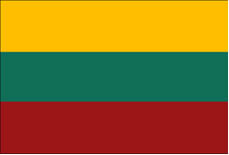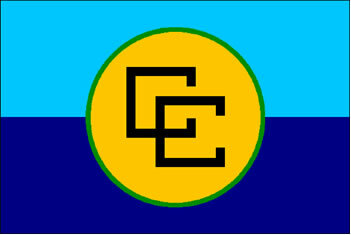Mauritius is an African country formed by islands and two islet archipelagos in the Indian Ocean. The national territory, whose extension is 2,040 square kilometers, has no land borders, being relatively close to Madagascar. Former British colony, Maurício won independence in 1968, becoming part of the British Commonwealth.
The population of Mauritius is made up of around 1.296 million inhabitants. The country is highly populated, as its demographic density (relative population) is 635.5 inhabitants per square kilometer. More than 58% of the inhabitants live in rural areas. Port Louis, the capital, is the most populous city, with 148,877 inhabitants.
Unlike some countries in the Africa, Mauritius has a stable political system, there are no ethnic conflicts and the country has a high Human Development Index (HDI). According to a report released in 2010 by the United Nations (UN), the country occupies the 72nd place in the world ranking of HDI, being one position ahead of Brazil.
In the economy, the biggest highlight is agriculture, especially the cultivation of sugar cane. The industrial sector is expanding, with the main segments being food and textiles. Another activity of great importance for raising financial resources is tourism, driven by the natural beauty of Mauritius.
Do not stop now... There's more after the advertising ;)

Coat of Arms of Mauritius
Mauritius Data:
Territorial extension: 2,040 km².
Location: Africa.
Capital: Port Louis.
Tropical weather.
Government: Parliamentary monarchy.
Administrative division: 4 islands and 10 districts.
English language.
Religions: Hinduism 43.9%, Christianity 32.7% (Catholics 25.8%, others 6.9%), Islam 16.8%, others 3.9%, agnosticism and atheism 2.7%.
Population: 1,296,569 inhabitants. (Men: 642,069; Women: 654,500).
Demographic density: 635.5 inhab./km².
Average annual population growth rate: 0.7%.
Population residing in urban areas: 41.8%.
Population residing in rural areas: 58.2%.
Population with access to drinking water: 99%.
Population with access to the health network: 91%.
Infant mortality rate: 14 for every thousand live births.
Life expectancy at birth: 72.1 years.
Human Development Index: 0.701 (high)
Currency: Mauritian Rupee.
Gross Domestic Product (GDP): 8.6 billion dollars.
GDP per capita: 6,729 dollars.
External relations: World Bank, British Commonwealth, IMF, WTO, UN, SADC, AU.
By Wagner de Cerqueira and Francisco
Graduated in Geography
Brazil School Team
Would you like to reference this text in a school or academic work? Look:
FRANCISCO, Wagner de Cerqueira e. "Mauritius"; Brazil School. Available in: https://brasilescola.uol.com.br/geografia/mauricio.htm. Accessed on June 27, 2021.


